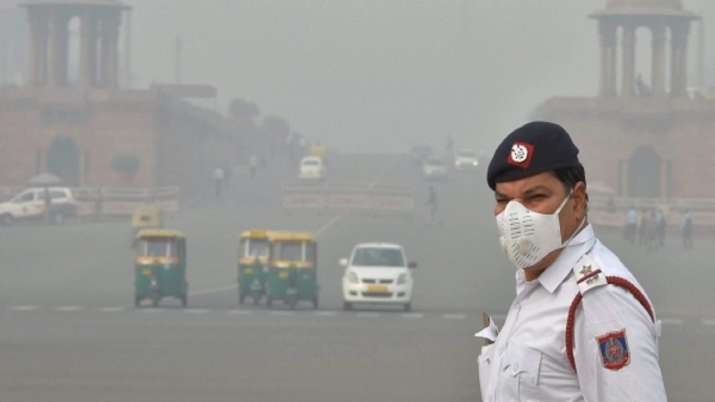
Scientists at IITM have developed a Decision Support System (DSS) to help reduce air pollution in Delhi and NCR.
Long before the air pollution season in North West India, especially in Delhi-NCR, scientists have come up with a Decision Support System (DSS) that will not only help zero in on the exact sources contributing to Delhi’s pollution, but Will also predict practical scenarios. in winter.
Prediction of practical scenario will include pollution levels if a certain area is cordoned off or sources in a certain area/district are controlled and this will help the government to decide which of the following given the prevailing wind. Area to be closed or where to reduce activity. quality in Delhi
Apart from Delhi, there are 19 districts around the national capital, whose sources affect the level of pollution in Delhi. This latest model can help avoid trial and error and blind decisions.
The model developed by scientists from the Indian Institute of Tropical Meteorology (IITM) in Pune will be operational by October, IITM project lead Wifax/AQEWS Sachin Ghude told IANS.
“We have developed a model to capture the contribution of each source of pollution from Delhi and 19 adjoining districts. We have tagged each source, giving weightage to each district and each activity that we need to contribute. Will help to arrive at an estimate. The activity concerned for air pollution of the district concerned, Delhi,” Ghude said.
For example, this model can help identify the contribution of the transport sector in the AQI level of a given day or, for that matter, what is the contribution of biomass burning from Punjab or Haryana, industry or even any What is the contribution of a particular district, say the contribution of Meerut, all such estimates can be derived from this model.
The scientist said that this would help the officials to target the concerned area or district for preventive action.
Since 2018, IITM has been issuing three-day and 10-day air quality forecasts for Delhi, based on which the Central Pollution Control Board (CPCB) decides on the action to be taken, eg, stopping construction activity or Stopping the movement of vehicles, etc.
Now, the idea is to zero in on the exact sources of pollution – industrial sources, traffic sources, residential fuel burning, road dust, etc. – which have to be controlled on top priority, and which may be a secondary priority.
Read also: Space belongs to all of humanity: ‘Astronaut’ Richard Branson
Delhi is one of the most polluted cities in the world. The year 2020 was a diversion with respect to air quality as the pandemic-induced lockdown temporarily provided much needed relief.
A study titled ‘Bending Delhi’s Air Pollution Curve: Learning from 2020 to Improve 2021’ by Council of Energy, Environment and Water (CEEW) in June 2021 showed that the annual average PM2.5 concentration in 2020 was 93 Aug/m3 , which is more than double the permissible limit for PM2.5 in India.
The study said, “Despite low activity levels for nearly eight months (March to November) in 2020, residents of Delhi are exposed to air that is non-compliant to the National Ambient Air Quality Standard (NAAQS) for more than half of the year.” been informed.”
Delhi saw 92 severe and very poor air quality days in the winter of 2020 as compared to 80 such days in 2019. Between October and November 2020, the value was 172 compared to the average PM2.5 concentration of 161 Ig/m3 in 2019. IG/M3.
The study noted that it rose to an average level of 192 Ig/m3 in the period between December 2020 and January 2021, compared to 178 Ig/m3 during the same period last year.
It added that contributing to household emissions from stubble burning and cooking and heating the space were significant portions of the pollution pie.
IITM is using source mapping done by The Energy and Resources Institute (TERI). In that 2018 study, transportation, industry, power plants, residential, agricultural burning, road dust, construction, DG sets, shelter burning, crematoriums, restaurants, airports, waste incinerators, landfill fires and solvents contributed to annual emissions in various sectors. Formed. List of Pollutants in Delhi and NCR
TERI is already conducting a new survey for source mapping and “if the new survey findings are available by October, we will use them to estimate the winter season,” Ghude said.
Read also: Who is Andhra born Sirisha Bandala who flew into space with billionaire Richard Branson – 5 things to know
.